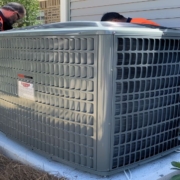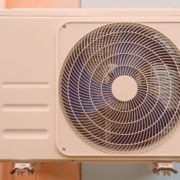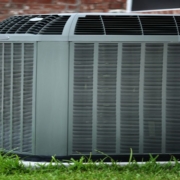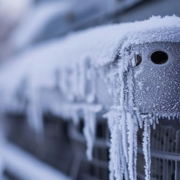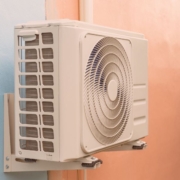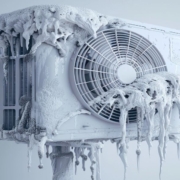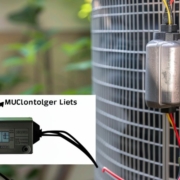Your Premier Destination for AC Repair in Mission Hills
When the heat of summer hits Mission Hills, a functioning air conditioning system is essential for your comfort. At Mission Hills AC Repair, we understand the importance of keeping your AC unit in top condition, which is why we’re dedicated to providing efficient and reliable repair services to ensure your indoor comfort all year round.
Our Services
1. AC Repair: Our team of skilled technicians specializes in diagnosing and repairing a wide range of AC issues. Whether your AC unit is blowing warm air, leaking refrigerant, or experiencing electrical problems, we’ll promptly identify the issue and implement effective solutions to restore optimal cooling performance.
2. AC Maintenance: Regular maintenance is essential for preventing unexpected breakdowns and maximizing the lifespan of your AC system. Our comprehensive maintenance services include thorough inspections, cleaning of components, lubrication, and performance tuning. With our maintenance plans, you can enjoy peace of mind knowing that your AC is operating efficiently.
3. AC Installation: If it’s time for a new AC installation, we’ve got you covered. Our experts will assess your cooling needs, recommend the right system for your space, and handle the installation process with precision and care. Whether you need a central air system, ductless mini-split, or any other type of AC unit, we’ll ensure a seamless installation.
Why Choose Us?
1. Experienced Technicians: Our technicians are highly trained professionals with years of experience in the HVAC industry. They have the skills and expertise to tackle any AC repair or installation job efficiently and effectively.
2. Prompt Service: We understand the urgency of AC issues, especially during the hot summer months. That’s why we offer prompt and reliable service, with quick response times to address your AC emergencies.
3. Quality Workmanship: We take pride in our work and strive for excellence in everything we do. Whether it’s a minor repair or a major installation, you can trust us to deliver superior workmanship and long-lasting results.
4. Transparent Pricing: We believe in providing honest and transparent pricing for all our services. You can count on us for competitive rates and upfront pricing with no hidden fees or surprises.
Contact Us Today

Don’t let a malfunctioning AC system disrupt your comfort. Contact Mission Hills AC Repair today for reliable AC repair, maintenance, and installation services. Our friendly and knowledgeable team is ready to assist you and ensure your indoor comfort all year round.
FAQ:
Q1: What services do you offer? A1: We specialize in comprehensive AC repair, maintenance, and installation services. Our offerings include diagnostics, emergency repairs, regular maintenance plans, and new system installations.
Q2: Where are you located? A2: We are conveniently located in Mission Hills and serve the surrounding areas.
Q3: What brands do you service? A3: We service all major AC brands, including but not limited to Carrier, Trane, Lennox, Goodman, and Rheem.
Q4: What are your business hours? A4: We are open Monday through Friday from 8 AM to 6 PM, and Saturday from 9 AM to 3 PM. We also offer 24/7 emergency services.
Q5: How can I schedule an appointment? A5: You can schedule an appointment by calling us directly at [Phone Number], booking online through our website, or visiting our office in Mission Hills.




